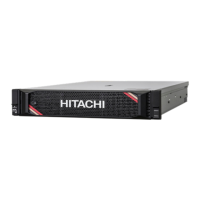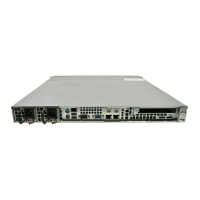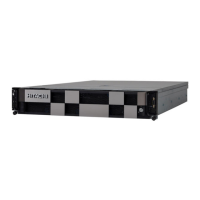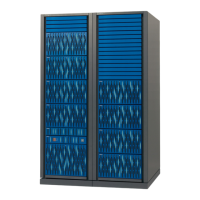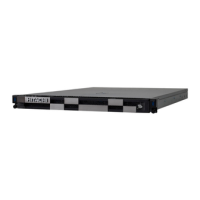Configuring the hardware and installing an operating system
When the array has more than two physical drives, drives are mirrored in pairs, and the fault-tolerance method is known as
RAID 1+0 or RAID 10. If a physical drive fails, the remaining drive in the mirrored pair can still provide all the necessary
data. Several drives in the array can fail without incurring data loss, as long as no two failed drives belong to the same
mirrored pair. The total drive count must increment by 2 drives. A minimum of four drives is required.
This method has the following benefits:
•
It is useful when high performance and data protection are more important than usable capacity.
•
This method has the highest write performance of any fault-tolerant configuration.
•
No data is lost when a drive fails, as long as no failed drive is mirrored to another failed drive.
•
Up to half of the physical drives in the array can fail.
RAID 5
RAID 5 protects data using parity (denoted by Px,y in the figure). Parity data is calculated by summing (XOR) the data
from each drive within the stripe. The strips of parity data are distributed evenly over every physical drive within the
logical drive. When a physical drive fails, data that was on the failed drive can be recovered from the remaining parity
data
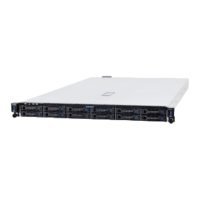
